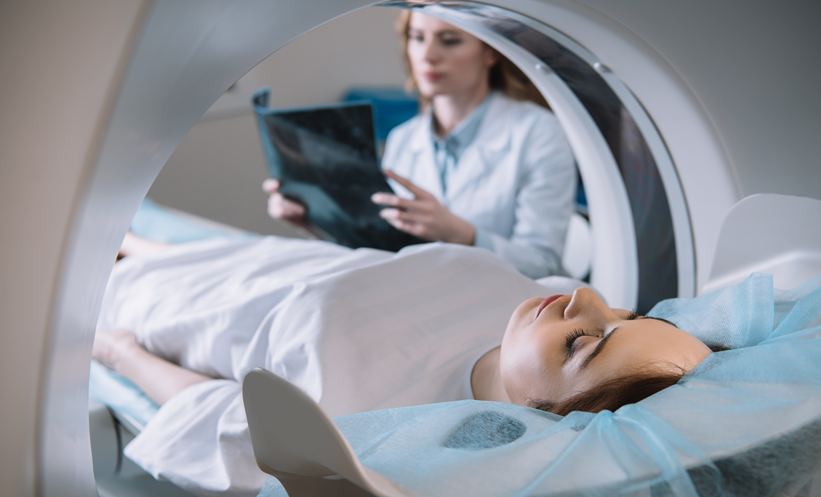BACKGROUND parenchymal enhancement (BPE) identified on post-breast cancer surgery surveillance MRI could be a predictor for risk of developing a second breast cancer, according to new research by Su Hyun Lee, Department of Radiology, Seoul National University Hospital, Republic of Korea, and colleagues.
The team enrolled 2,688 females with a previous diagnosis of primary breast cancer treated with surgery, and retrospectively reviewed the surveillance breast MRI scans of these patients to assess for the degree of BPE, which was split into four categories: minimal, mild, moderate, and marked. Of the 2,688 candidates, 109 (4%) went on to develop a second breast cancer. Analysis of the surveillance breast MRI scans revealed that compared with minimal BPE, identification of mild, moderate, or marked BPE was independently associated with increased risk of developing a second breast cancer in the future.
Lee commented: “Postoperative surveillance breast MRI is increasingly being performed according to the American College of Radiology’s recommendation for women with dense breasts, or those diagnosed with breast cancer before the age of 50,” and highlighted how the study findings that BPE is associated with increased risk of second breast cancer development could therefore help to improve screening pathways and risk stratification for patients with a previous breast cancer diagnosis. This in turn, could potentially lead to the establishment of “personalised imaging surveillance strategies”, earlier detection and treatment, and ultimately, improved outcomes. This is crucial given that worldwide, breast cancer is the leading cause of cancer-related deaths in females, and the risk of developing a second breast cancer is higher for those with a previous personal history of breast cancer, and greater still for those with dense breast tissue.
In forward thinking, Lee predicts that risk models for future second breast cancer will utilise a combination of information provided by breast ultrasound, MRI, and mammography. The results from this retrospective analysis are promising; however, to further understand the association between BPE and the risk of developing a second breast cancer, studies evaluating BPE at screening and pre-operative MRI scans are required.








